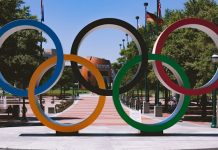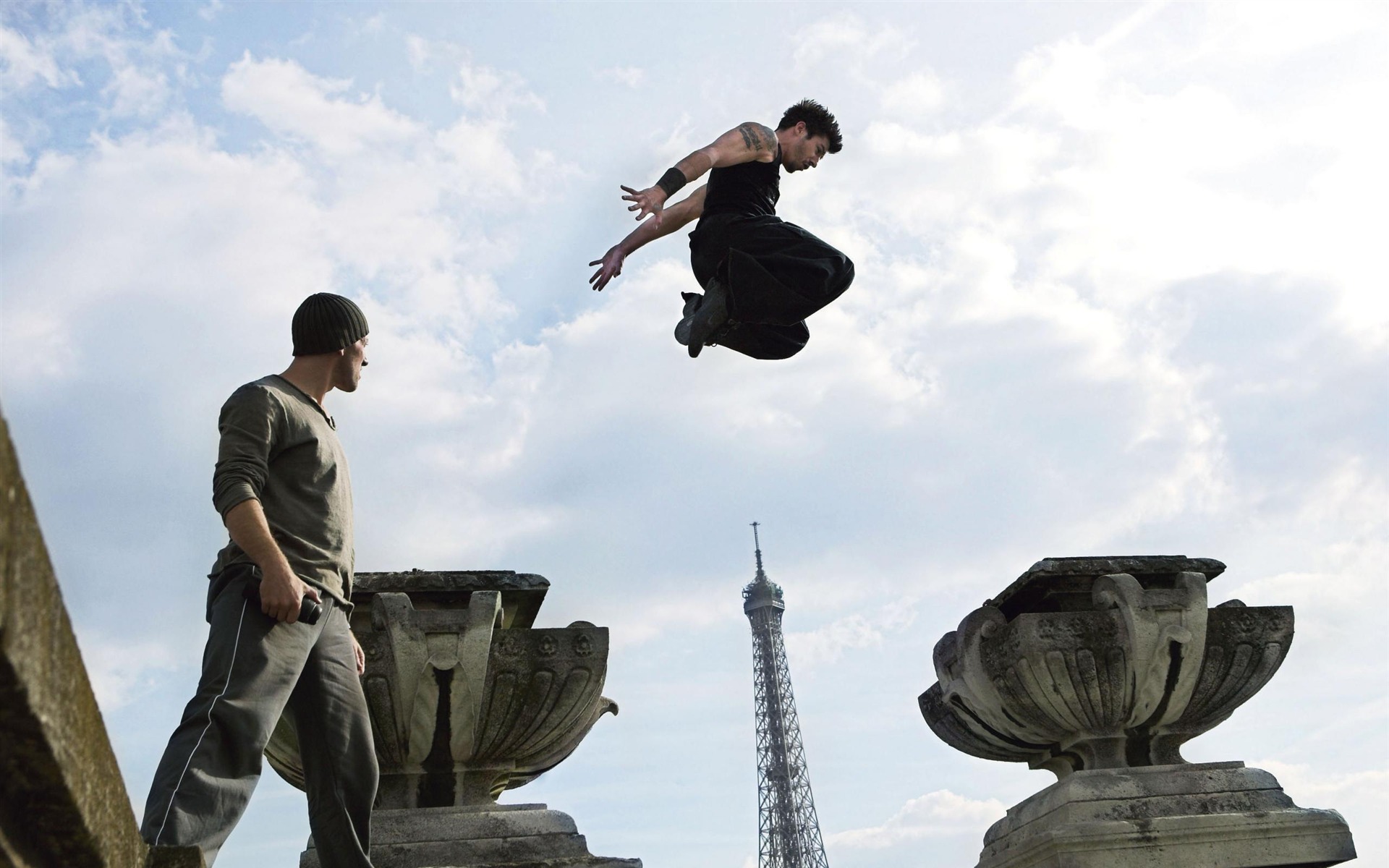The UK has become the first country to recognize parkour as a sport. It is also called as freerunning or art du deplacement, involves negotiating terrain using only the natural strength of one’s body, principally through running, jumping and climbing surrounding features.
Recognition from all five UK sports councils, including Sport England, means organisations such as Parkour UK, which led the initial application for its recognition in 2009, will now be able to apply for government grants and National Lottery funding.
Eugene Minogue, the chief executive of Parkour UK, said: “Recognition is a thing in its own right and that is what we are celebrating today, that the sport has been recognised as a sport. That’s no mean feat.
“Yes, it does give us the ability to apply for funding, and there are a number of other benefits that come out of it, but the biggest thing for us is how it will give the public an understanding of what parkour is and what benefits it has.”
The sport could also be soon practised in schools after it gained support from both the Youth Sport Trust and the Association for Physical Education, who described it as an exciting and motivating activity.
Things you need to know about parkour
The origin of the sport
It was originally developed in France primarily by Raymond Belle, and further by his son David and the latter’s group of friends, the self-styled Yamakasi, during the late 1980s. The discipline was popularised in the late 1990s and 2000s through films, documentaries, and advertisements featuring the Yamakasi
Parkour as a non-combative martial art
It developed from the military obstacle course training. Parkour’s development from military training gives it some aspects of a non-combative martial art.
The relationship of the sport with the environment
The sport involves seeing the environment in a new way and imagining the potential for navigating it by movement around, across, through, over and under its features.
Injuries and deaths
Concerns have been raised by law enforcement and fire and rescue teams of the risk in jumping off high buildings. They argue that practitioners are needlessly risking damage to both themselves and rooftops by practicing at height, with police forces calling for practitioners to stay off the rooftops. Some practitioners of Parkour agree that such behaviour should be discouraged. They have discussed physical injury as a deviation against practising the sport.
The impact
Director Luc Besson was the first one to feature it in his films. It was first introduced to the British public by BBC One Station trailer Rush Hour. It featured David Belle leaping across London’s rooftops from his office to home, in an attempt to catch his favourite BBC programme, and captured the imagination of many viewers, especially when they learned no special effects or wires were used for it. This advertisement, along with others for Coca-Cola, Nike, and Toyota, also it had a large-scale impact on public awareness of parkour.





































